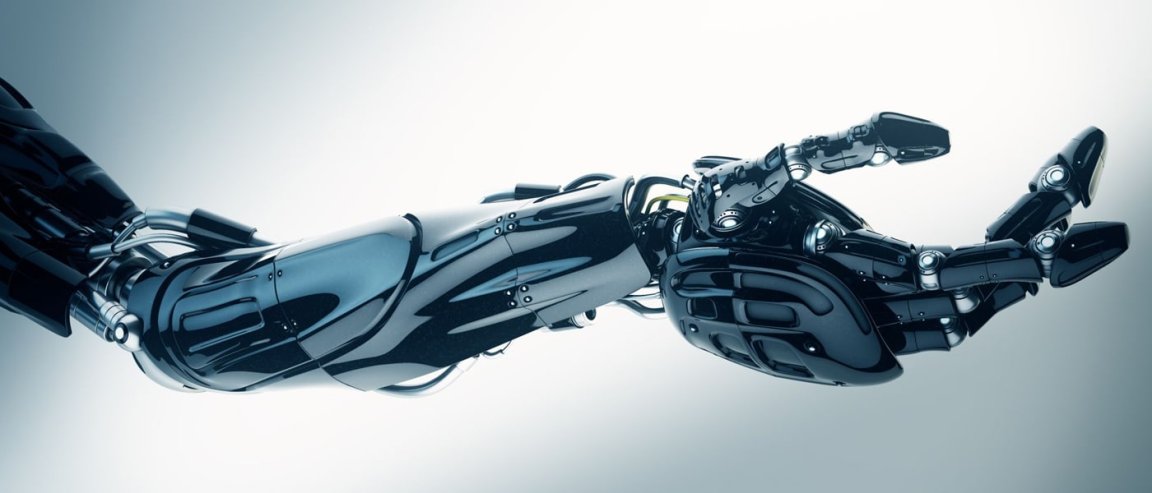
Talking Back
While advances in medical technology already allow people with damaged limbs or robotic prostheses to communicate with those limbs, they haven’t yet gotten the limbs to properly talk back. That may change, thanks to the work of a team of engineers, researchers, and scientists from the University of Washington’s (UW) GRIDLab and the National Science Foundation Center for Sensorimotor Neural Engineering (CSNE).
The team is creating electronics that permit two-way communication between different parts of the nervous system. This would allow a user to control their limbs using thought and also receive information from the limb, such as whether it is in the correct position or grasping an object tightly enough.
To develop this system, the researchers implanted a set of ElectroCorticoGraphic (ECoG) electrodes directly onto the surfaces of volunteer patients’ brains. They then fitted the patients with gloves equipped with sensors capable of tracking their hand positions. Patients were asked to move their hands into certain positions and would receive sensory feedback on the positioning in the form of electrical currents delivered directly to the brain through the ECoG electrodes. An open hand resulted in no stimulation, but as the hand closed, the stimulation would increase in intensity.

Researchers claim this is the first time a conscious patient has successfully used a system like theirs, and while their system’s stimulation doesn’t mimic natural “feel,” it’s a start. “Right now we’re using very primitive kinds of codes where we’re changing only frequency or intensity of the stimulation, but eventually it might be more like a symphony,” Rajesh Rao, CSNE director, told News Atlas.
The Future of Feeling
Technology like this could make a huge difference in the lives of people with lost limbs or spinal cord injuries, as even the seemingly simplest tasks can be impossible without proper sensory feedback.
Thankfully, teams all across the globe are working on ways to improve haptic feedback, from socks that grant sensation to prosthetic feet to bionic hands fitted with force sensors. As this technology advances, the line between the body you’re born with and the one built for you could eventually blur to the point of seamlessness.